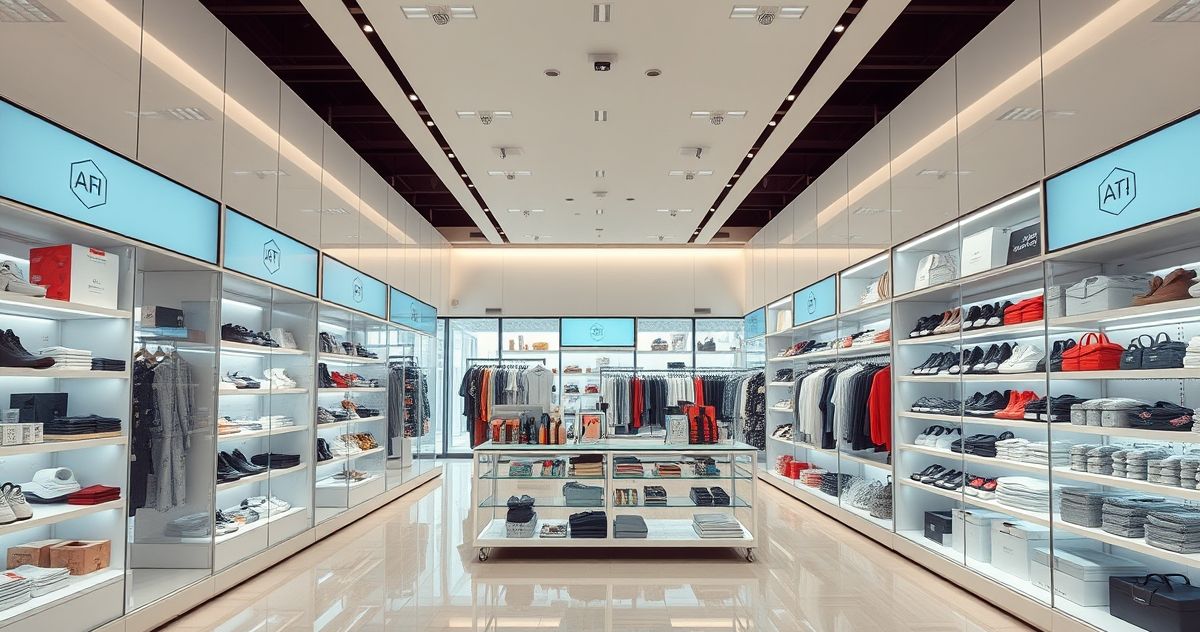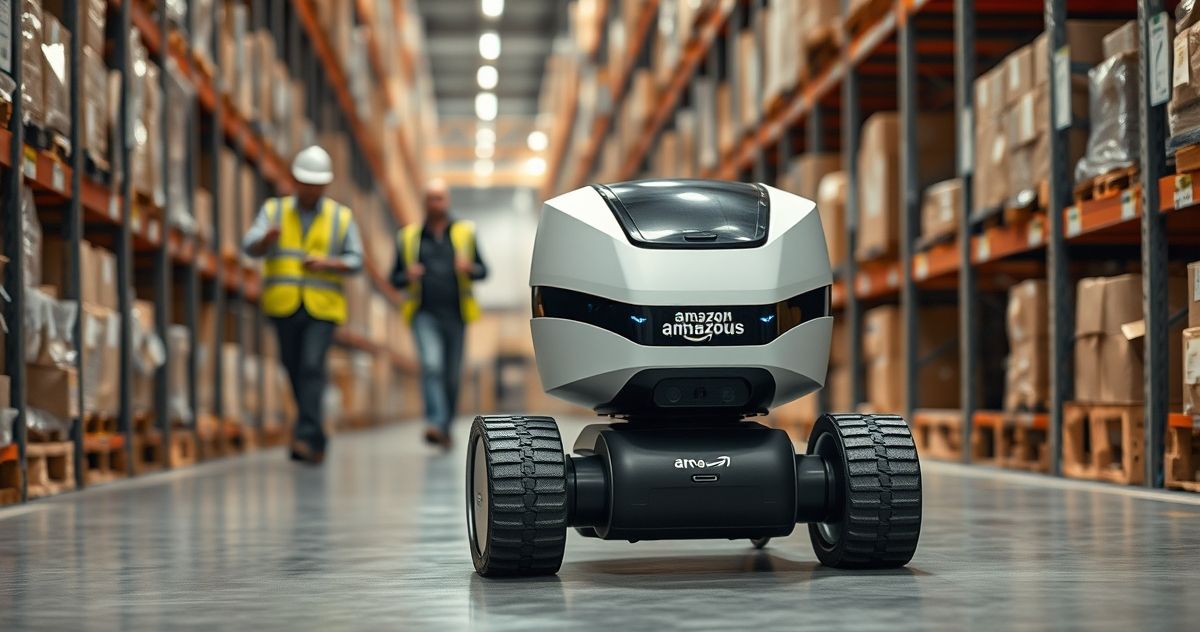Autonomous retail is no longer a futuristic concept — it’s already here and reshaping how we shop. With the rise of AI-powered smart stores and cashierless checkout, retail is undergoing a quiet revolution that could soon leave a major portion of the retail workforce looking for new roles.
Retailers around the world are experimenting with autonomous stores that combine computer vision, machine learning, and IoT sensors to eliminate the need for traditional human staff. Whether it’s Amazon Go’s grab-and-go experience or AiFi’s Smart Store-as-a-Service, the industry is rapidly moving toward a future where technology does most of the work.
(Source: AiFi, Forbes)
How Autonomous Retail Works
Autonomous stores use a blend of:
- Computer vision to track product movement
- Sensor fusion to detect customer interactions
- AI algorithms to charge your digital wallet automatically when you leave the store
You simply walk in, pick what you need, and walk out. No lines, no checkout counters, and no staff needed. Sounds convenient, right?
What About Retail Jobs?
Here’s the twist — autonomous retail doesn’t just eliminate queues; it eliminates jobs. According to a report from the Brookings Institution, over 16 million retail jobs in the U.S. alone could be impacted by automation technologies in the next decade.
Roles such as:
- Cashiers
- Store clerks
- Inventory managers
…are already being phased out in pilot stores and experimental retail environments. As adoption scales, the impact will spread — especially across low-wage, high-volume retail chains.
(Source: Brookings)
Shift or Displacement?
Not all hope is lost. While autonomous retail threatens traditional retail roles, it also creates opportunities in:
- AI system maintenance
- Data analytics for customer behavior
- Tech-driven inventory management
- UX design for retail apps
But these are specialized roles, and transitioning into them requires reskilling, which is often out of reach for displaced retail workers without strong training programs.
How Businesses & Workers Can Adapt
To navigate the rise of autonomous retail:
- Businesses should invest in human-AI collaboration models and retraining programs for existing staff.
- Workers should focus on developing digital skills, customer service in hybrid environments, and understanding AI tools.
- Policy makers need to ensure fair employment transitions and support systems for at-risk sectors.
Autonomous retail is reshaping the future of shopping, but it’s also a test of how we adapt to automation in everyday life. As convenience grows, so does the urgency to rethink how we protect and reskill the people behind the counters.
Will smart stores replace workers entirely? Maybe not overnight — but the shift is real, and the time to prepare is now.




